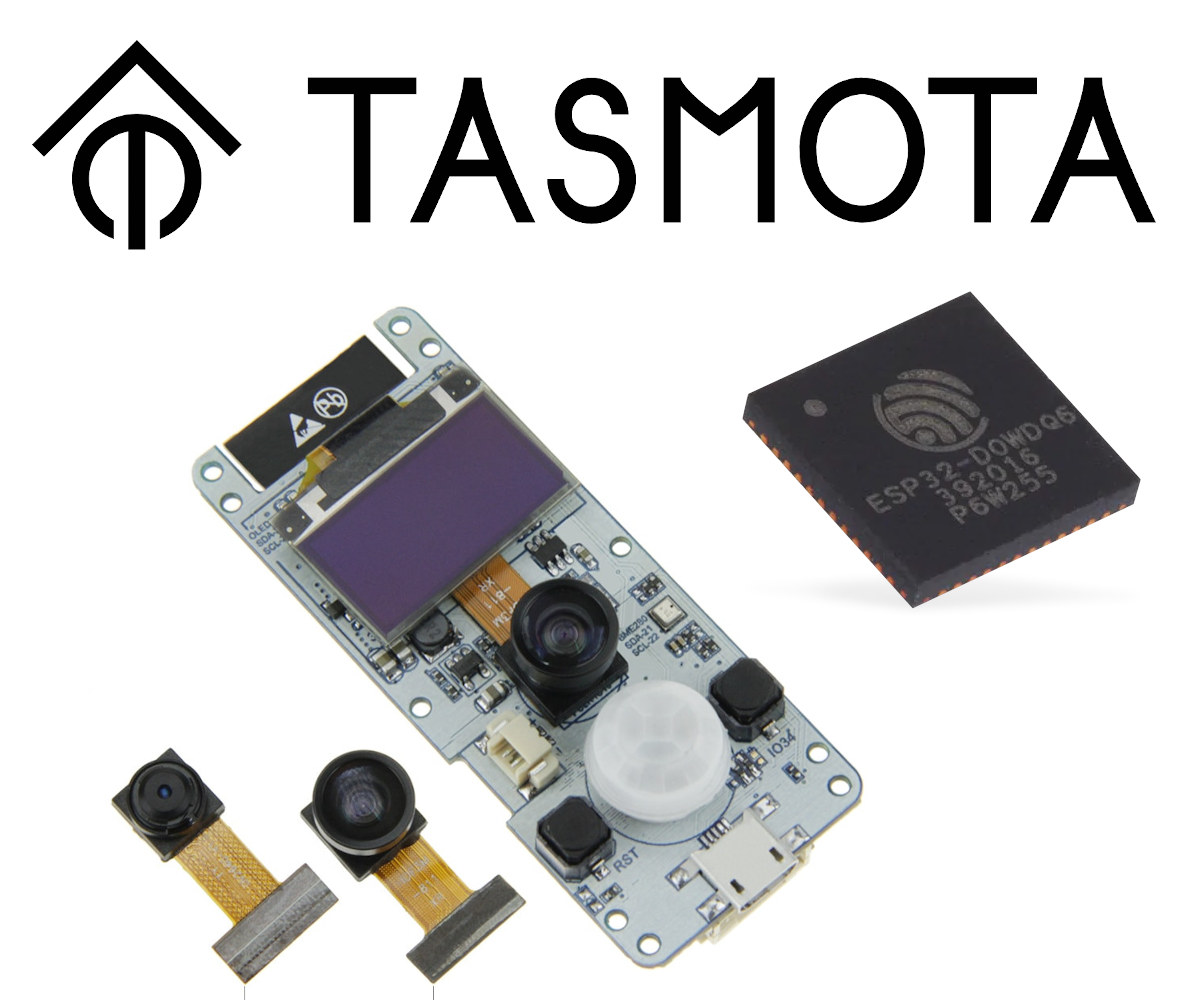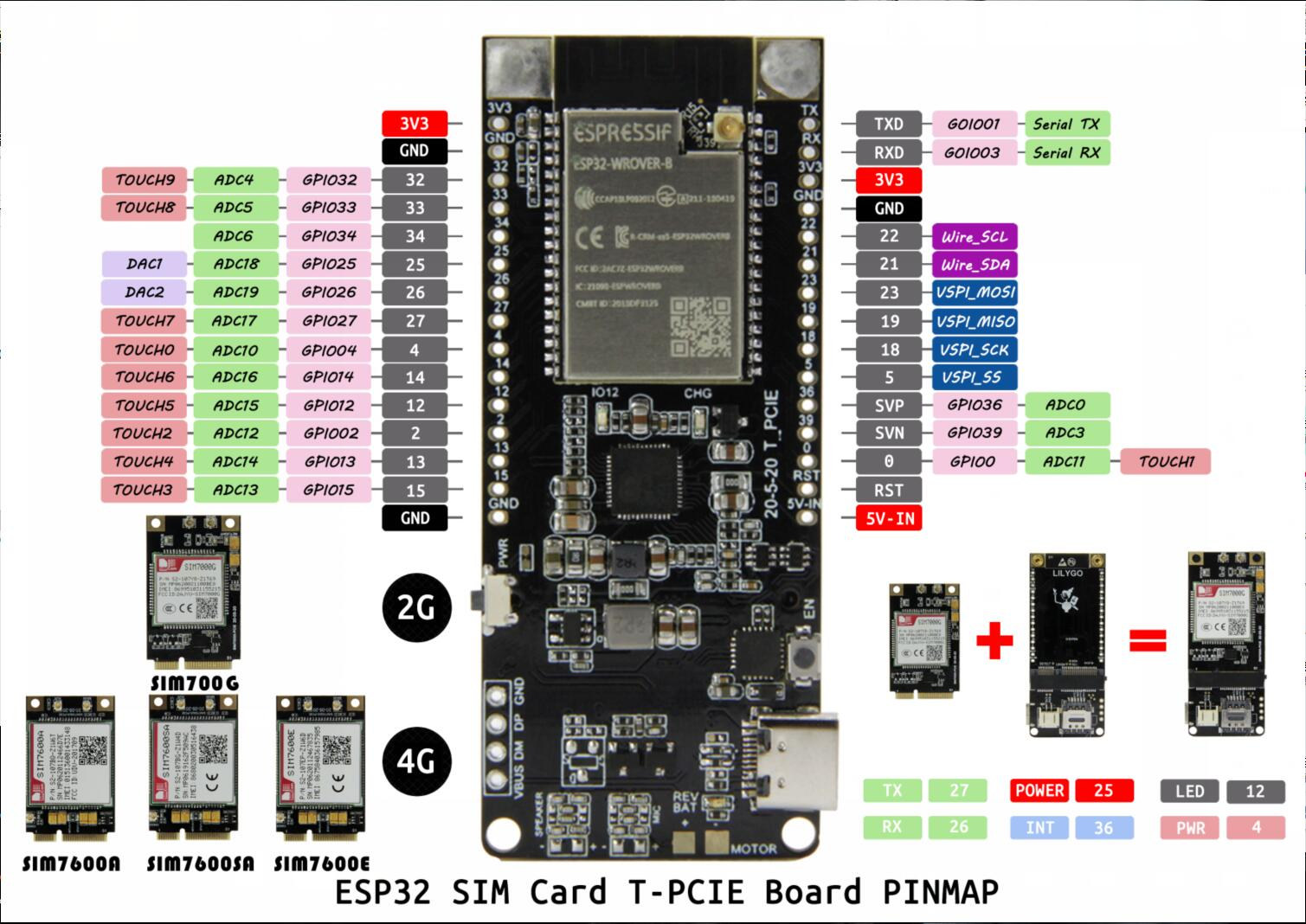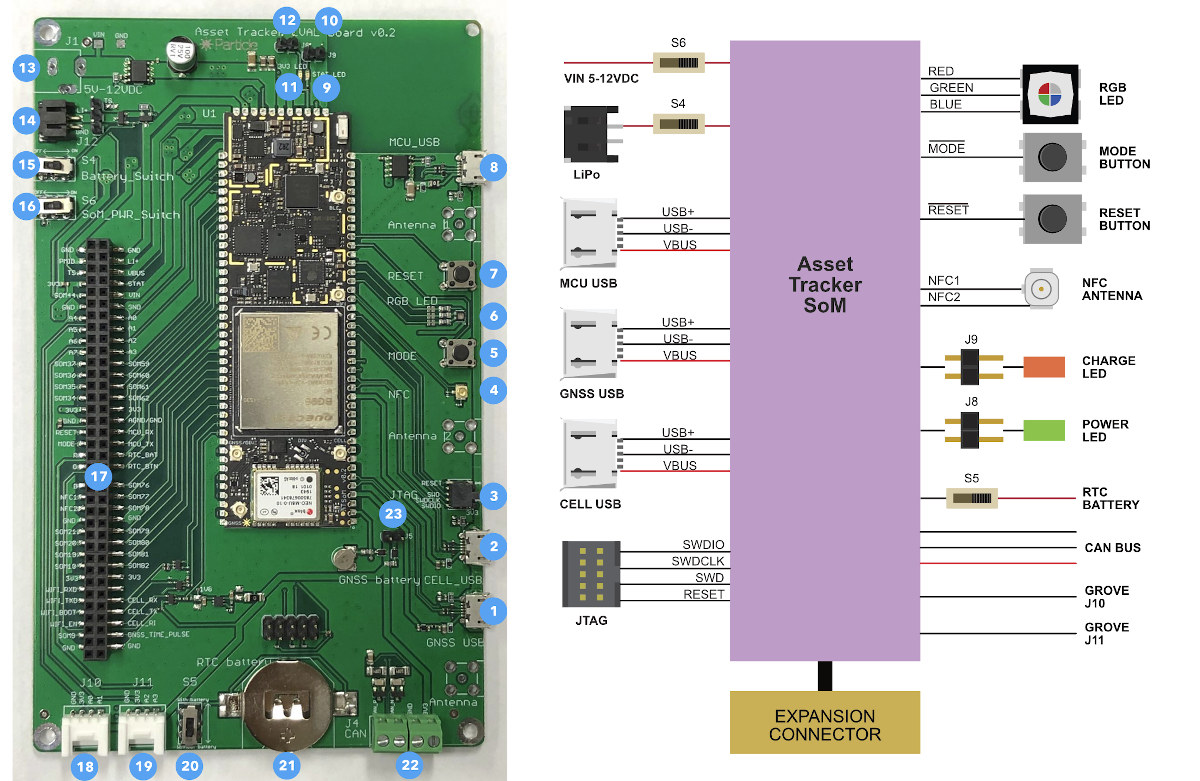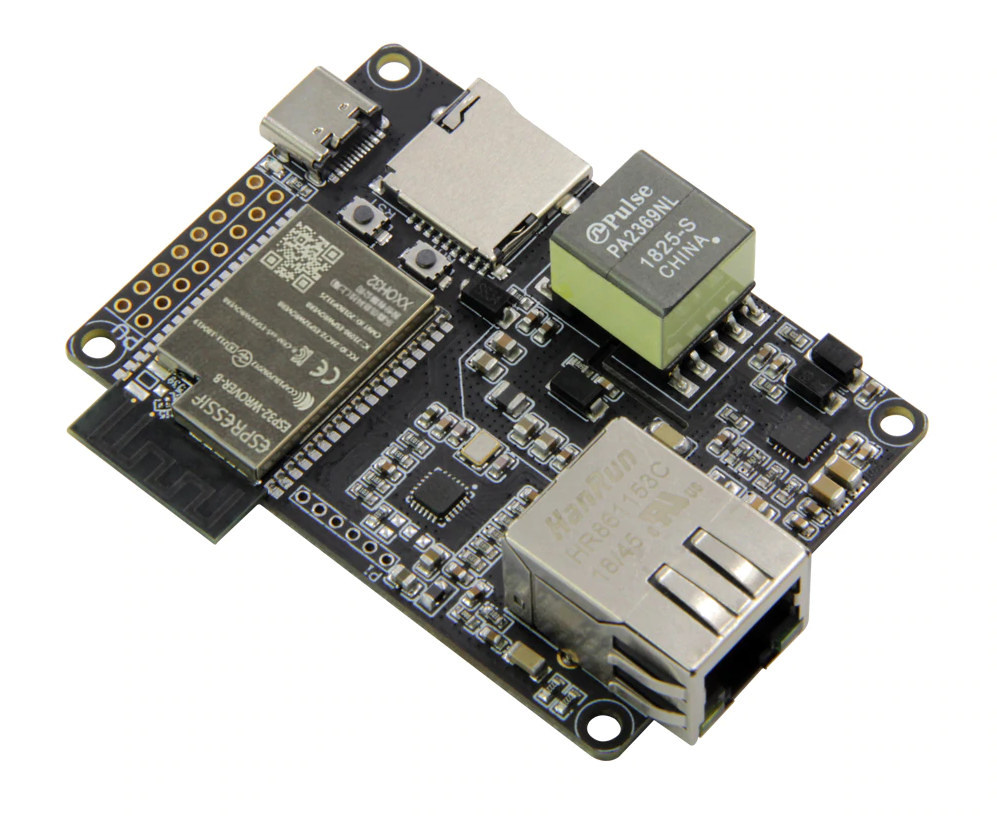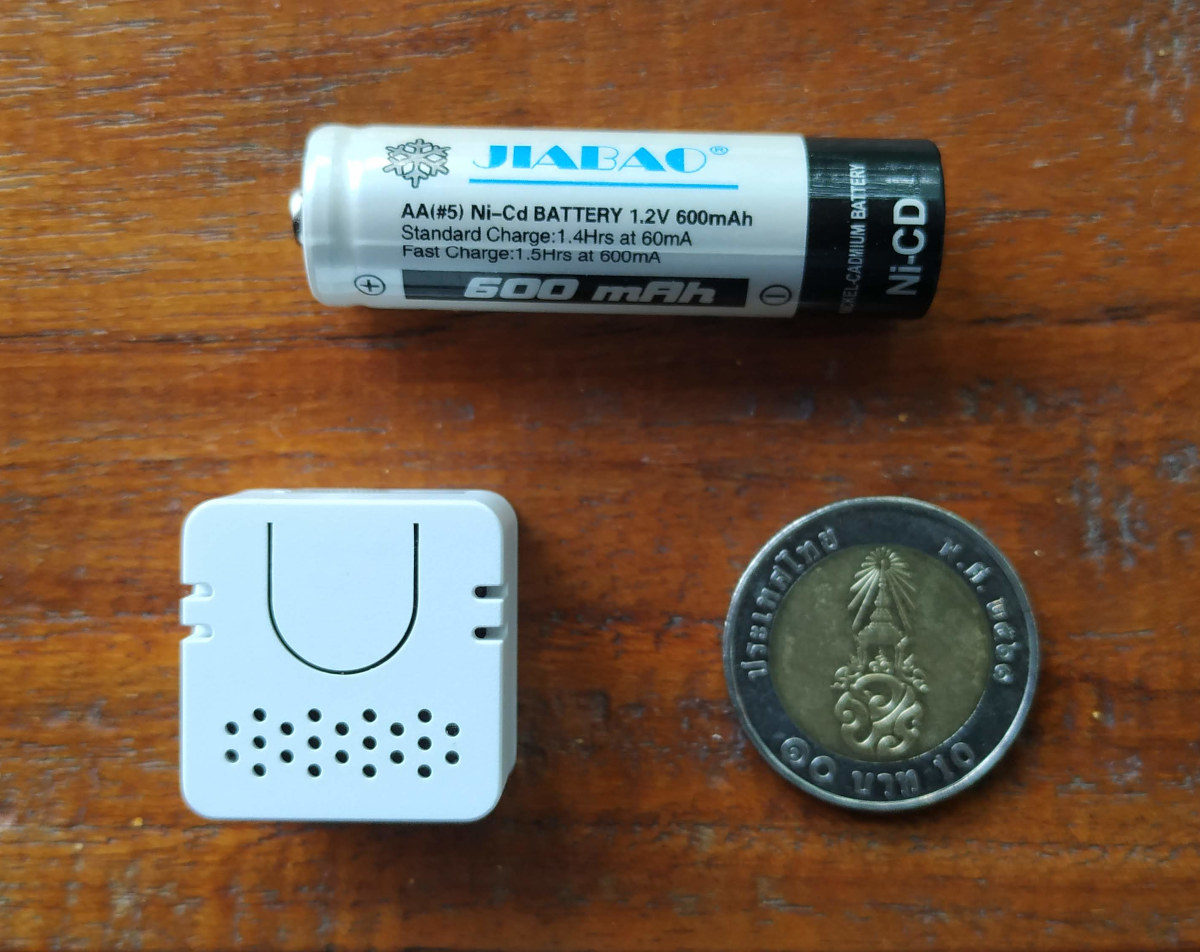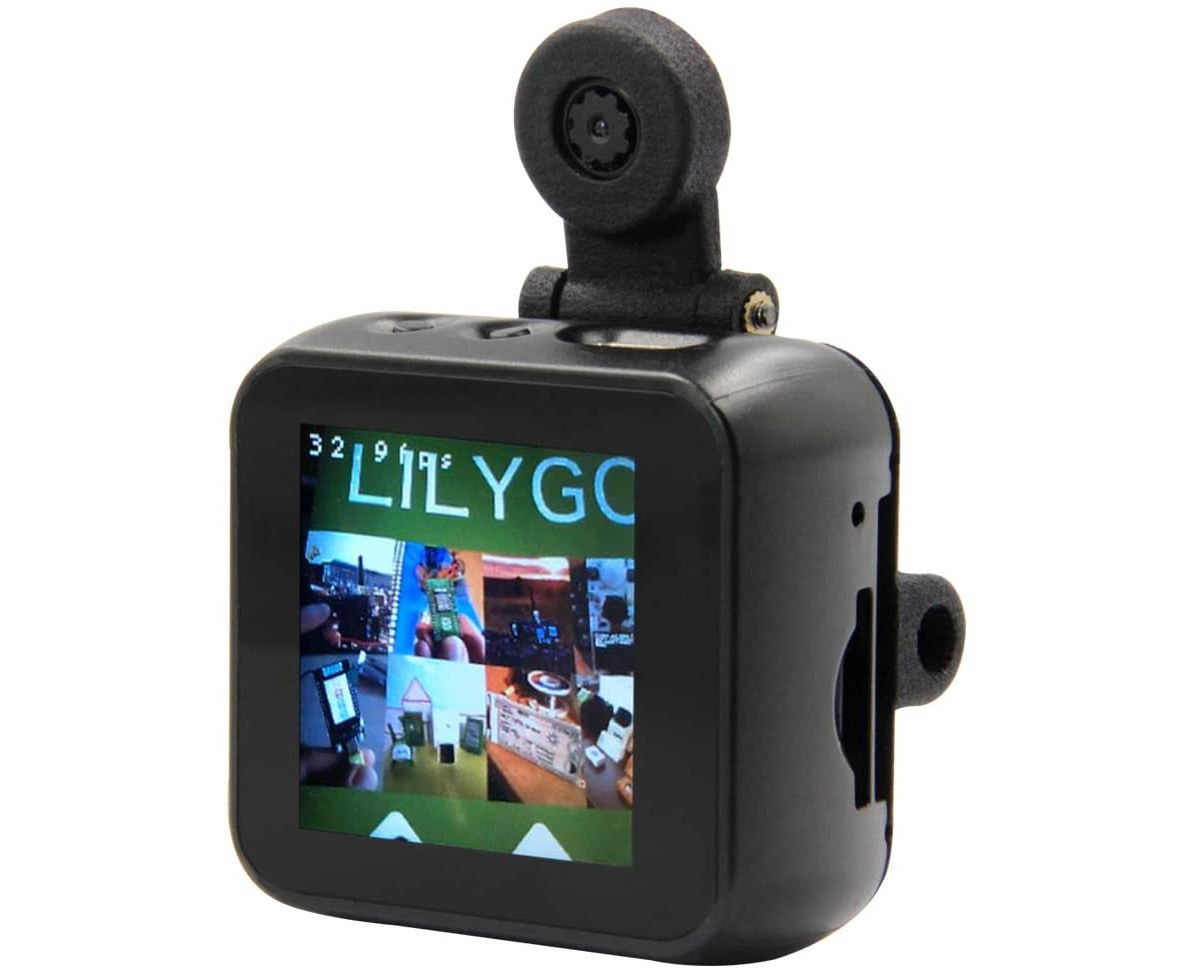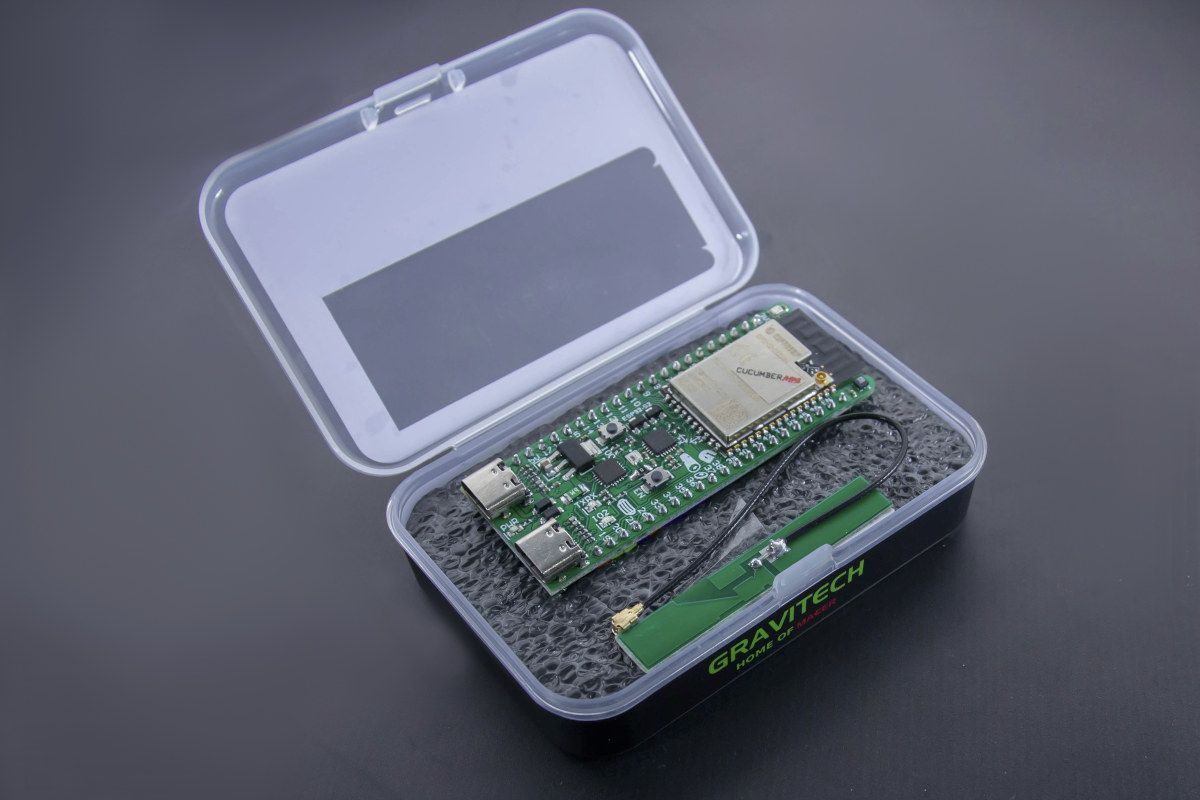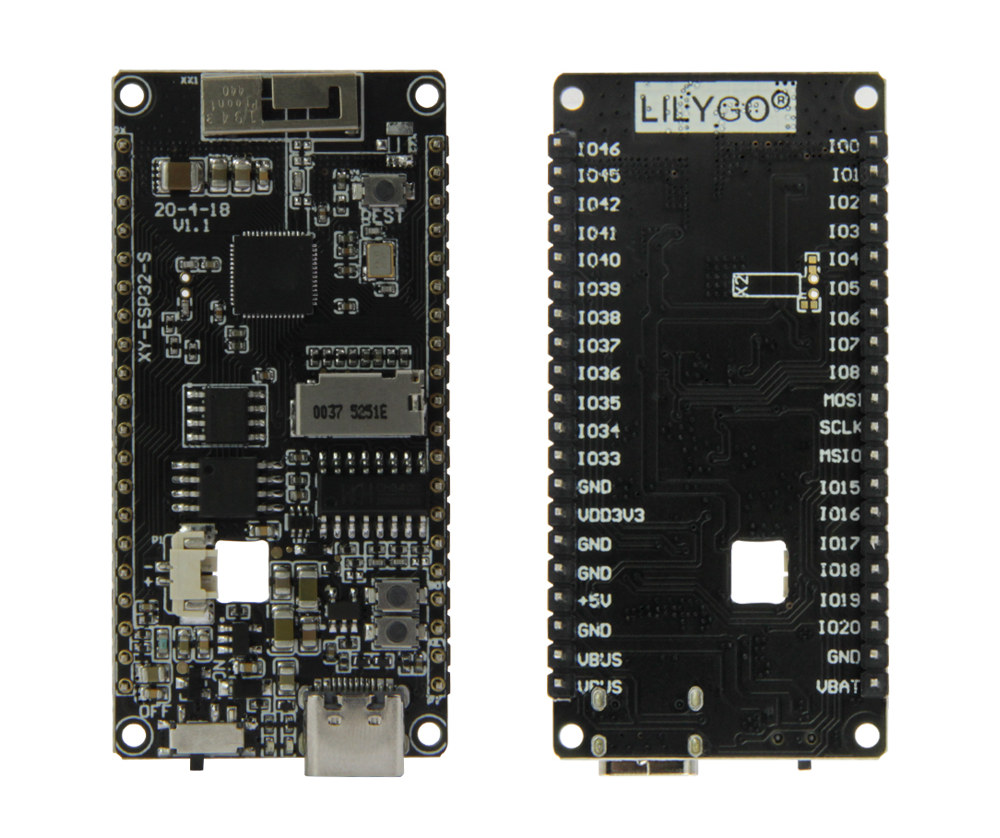TASMOTA now supports ESP32. The open-source firmware was initially designed for ESP8266 and ESP8285 based Sonoff home automation devices providing an alternative to eWelink firmware with support for MQTT protocol allowing integration with home automation frameworks like Domoticz or openHAB. It has since then expanded to support hardware from various brands, but until recently you were still limited to products with ESP8266 or ESP8285, and the good news is that TASMOTA has now gotten experimental support for ESP32 boards and products such as TTGO T-Camera. You’ll find basic documentation and well as Tasmota ESP32 (aka Tasmota32) firmware files for LilyGO TTGO T-Camera board, displays, and I2C sensor on Tasmota Github.io website. The ESP32 port is based on Jörg Schüler-Maroldt’s work. PuceBacoon also found other ESP32 boards in the source code including Olimex ESP32-PoE board in xdrv_82_ethernet.ino file and “AI Thinker” cameras in xdrv_81_webcam.ino. If you’d like to give it a […]
ESP32 Board Features mini PCIe & SIM Card Sockets for 4G LTE Connectivity
LilyGO has launched yet another ESP32 WiFi & Bluetooth IoT board. As its name implies, TTGO-T-PCIe board includes a mini PCIe socket that coupled with a SIM card socket allowing users to insert a 4G LTE mPCIe card to add cellular connectivity. The company also offers optional SIM7000 2G or SIM7600 4G LTE modems that come with LTE and GPS antennas. You should probably be able to add other cellular mini PCiE, as well as other wireless mPCIe modems for LoRa, Satellite communication, etc… (Finally most probably not) TTGO-T-PCIe board specifications: Wireless module – ESP32-WROVER-B with ESP32 dual-core wireless SoC with 520KB SRAM, WiFi and Bluetooth with on-board antenna, as well as 4MB flash, and 8MB PSRAM Connectivity 802.11 b/g/n WiFi 4 up to 150 Mbps (ESP32) Bluetooth 5.1 LE (ESP32) Optional wireless cards via mPCIe socket (I2C and UART), SIM card slot for 2G and 4G LTE cellular networking […]
Particle Takes Pre-orders for its Cellular Tracking SoM, Evaluation Kit, and Tracker One Asset Tracker
Earlier this year, Particle announced its Tracking System turnkey solution comprised of Tracker SoM LTE IoT module, Tracker One asset tracker with enclosure, as well as Particle Tracking Services software suite with geolocation services, fleet management, and an open device firmware application framework to integrate with off-the-shelf IoT sensors and enable OTA firmware updates. The hardware devices were expected for June/July 2020, and the company has now started to take pre-orders for Tracker SoM, its evaluation kit, and Tracker One for respectively $79.99, $99.99, and $127.99. Shipping is expected to start in August 2020. We already covered Tracker SoM in our initial article with the full specifications, but basically, it’s a Nordic Semiconductor nRF52840 powered module with 8MB flash, ESP32 for WiFI (including support for indoor location), U-blox Neo-M8U GNSS module, and a choice of Quectel BG96 LTE CAT M1 module for the US or Quectel EG91-X CAT 1 module […]
TTGO T-Internet-POE Board Provides Ethernet, PoE, WiFi, Bluetooth for $16
We’ve written about several ESP32 POE boards in the past including wESP32, but there’s now another one with LilyGO TTGO T-Internet-POE board offering Fast Ethernet, PoE, as well as WiFI and Bluetooth connectivity through ESP32-WROVER-B module. TTGO T-Internet-POE specifications: Wireless Module – ESP32-WROVER-B with ESP32 dual-core WiSoC, 4MB flash, 8MB PSRAM Storage – MicroSD card socket Connectivity 2.4 GHz 802.11b/g/n WiFi 4 and Bluetooth 5.1 via ESP32 10/100M Ethernet via LAN8720A Ethernet PHY Expansion – Unpopulated I/O header with UART, SPI, I2C, PWM, I2S, ADC; 3.3V I/O voltage Debugging / Programming Serial port via USB-C port and CP2104 USB to TTL chip (TBC) 6-pin programming interface with Tx/Rx, IO0, Reset, 3.3V and GND Misc – BOOT and reset buttons, 32.768MHz crystal oscillator Power Supply 5V via USB-C port up 50V PoE via Pulse PA2369NL transformer and HanRun HR861153C PoE compliant RJ45 jack SI3404 power management chip Dimensions – 70 x […]
M5Stack Atom Echo Coin-Sized Bluetooth Speaker is Powered by ESP32-PICO-D4 SiP
M5Stack has just launched Atom Echo, a coin-sized programmable Bluetooth speaker based on Espressif Systems ESP32-PICO-D4 system-on-package. The company sent me an early sample to play with before launch… but let’s have a look at the specification before checking the device further. Specifications: SiP – Espressif Systems ESP32-PICO-D4 system-in-package with ESP32 dual-core processor @ 240MHz Wi-Fi, BLE 4.0 and 4MB flash Audio 0.5W/NS4168 I2S speaker SPM1423 PDM microphone Expansion 5-pin + 4-pin headers with 6x GPIOs, UART, 5V, 3.3V, GND 4-pin digital Grove header with 2 I/Os, 5V and GND Misc – RGB LED (SK6812), Function (Top – G39 pin) and reset buttons (side), IR LED Power Supply – 5V/500mA via USB-C port Dimensions – 24 x 24 x 17mm (plastic material) Weight – 10 grams The Bluetooth speaker is really small, but you may think CNXSoft has big hands and fat fingers so it makes the speaker smaller than […]
TTGO T-Watch K210 / K210 AIOT Watches Perform Face Detection with Kendryte K210 RISC-V Processor, ESP32 WiSoC
After covering ESP32 based TTGO T-Watch-2020 programmable watch last month, I noticed LilyGO launched “TTGO T-Watch K210 AIOT” watch with Kendryte K210 RISC-V AI SoC and a camera for face detection and recognition, and while searching for information, I discovered another apparently similar “TTGO T-Watch K210“. But let’s look into the specifications to find out what the differences are. I first came across TTGO T-Watch K210 AIOT, so let’s have a look at some preliminary specifications for this model: AI Processor – Kendryte K210 RISC-V Dualcore 64bit with FPU with 8MB SRAM Storage – 16MB QSPI flash, MicroSD card socket Display I/F – FPC connect for external display (not included) Camera – 2MP OV2640 sensor Audio – MAX98357A Audio codec; CVSD & SBC audio encoding Connectivity – 2.4 GHz 802.11b/g/n WiFi 4 up to 150 Mbps, Bluetooth 4.2 BR/EDR and BLE Debugging – USB-C port via CP2104 Expansion UART, SPI, […]
Cucumber ESP32-S2 Development Board Comes with USB OTG Port, Optional Sensors
Yesterday, I wrote about LilyGO TTGO ESP32-S2 WiFi IoT board, but one commenter mentioned it missed one of the key features of ESP32-S2 chip: a USB OTG port. While USB OTG is accessible through the header pins, it’s not the most convenient to use. I also quickly mentioned Cucumber ESP32-S2 development board in that post, but I did not expand too much since I thought it should only ship within Thailand. But the board does include two USB Type-C ports, one for the usual USB UART connector, and the other for USB OTG, and I found out the board is available worldwide. The board is available in multiple variants with or without sensors and PSRAM, and with external IPEX antenna or PCB antenna using ESP32-S2-WROVER(-I) or ESP32-S2-WROOM(-I) module. Cucumber specifications: Wireless Module (one of the other): ESP32-S2-WROVER with ESP32-S2, 4MB flash, 2MB PSRAM, on-board PCB antenna ESP32-S2-WROVER-I with ESP32-S2, 4MB […]
TTGO ESP32-S2 WiFi IoT Board Comes with Optional MicroSD Card and Battery Support
All ESP32-S2 boards I’ve seen so far were from Espressif Systems themselves including ESP32-S2-Saola-1 and ESP32-S2-Kaluga-1, but LilyGO TTGO ESP32-S2 is the first third-party board for sale so far. The tiny board is somewhat similar to ESP32-S2-Saola-1 board and comes in two versions with a similar form factor, but a completely different pinout and the presence of a MicroSD card socket and a battery connector on one of the boards. The simpler board is called “ESP32-S2 ESP32-S-WOOR” and comes with ESP32-S2-WROOM module, while the one with more features is named “TTGO ESP32-S2 ESP32-S ” and features its own circuitry built around ESP32-S2 WiSoC. Both TTGO ESP32-S2 boards share many of the same specifications: SoC – Espressif Systems ESP32-S2 single-core 32-bit Tensilica LX7 processor with 320 kB SRAM, 128 kB ROM, System Memory – 8MB PSRAM Storage – 4MB flash; XY-ESP32-S only: MicroSD card socket Connectivity 2.4GHz 802.11b/g/n WiFi 4 connectivity […]


